#Museum of Osteology
Text
Quick study!
I visited the Museum of Osteology on the weekend after my 21st birthday. So far i’ve doodled only 6 out of the One Million Billion photos i took, but i hope to do more

i’ve gotten pictures of plenty of non-mammals that i hope to study as well
#zoology#animal study#skull study#Museum of osteology#osteology#animal skeleton#bones mcgee#animal bones#skeleton study#sketches
78 notes
·
View notes
Text

45 notes
·
View notes
Text
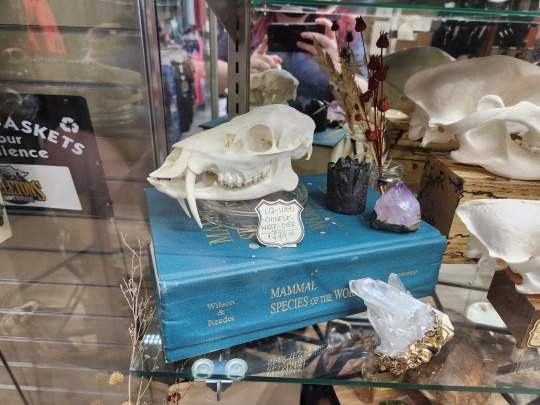
osteology museum taunting me in the gift shop with a holy grail specimen when I just used all my saved up fun money at the taxidermy con last week :')
#taxidermy#museum of osteology#vulture culture#the only ones I ever see available have to be imported and I don't wanna tangle with that can o worms
20 notes
·
View notes
Text


Be careful what metal tag accompanies the skull during maceration...
That's one green otter
#I think it was a brass tag but damn#That's a green otter#museum#skull#osteology#bones#natural history#natural history museum#skulls#Maceration#Vulture culture
56 notes
·
View notes
Text
HAPPY GOTCHA DAY INDIANA BONES I LOVE YOU INDIANA BONES
#cats#skeletons#osteology#cat#cats of tumblr#reposted from insta because it made me happy and i want to share#also I LOVE THE OSTEOLOGY MUSEUM 🥰!!!!!!!
7 notes
·
View notes
Text
So I’m going to highlight something I’m not sure people who like skeletons and curiosities think about often:
the human skeletal remains you see for sale in oddities shops were invariably grave-robbed.
I worked with human remains in an academic research context in the US for more than a decade. One of the first things I tried to teach my students was respect for the remains in our collections, not only because they were people, deserving of dignity in their death, but also because most of the skeletal remains in academic teaching collections were not donated voluntarily. In most cases, we have no idea exactly where they came from or to whom they belonged.
Historically, there has been a huge international trade in human skeletal remains for teaching medical students. The trade reached its peak in the 19th Century and continued for much of the 20th, and while ostensibly the practice was banned in India in 1985, it does still exist illegally. In the US and Europe, most of the remains in teaching collections were sourced from India through bone traders. Bone traders were (are) lower caste people charged with disposing of human remains—often by cremation, but also by interring in graves—but instead of doing so, sold the remains on to medical schools in the US/Europe through the intermediary of anatomical and medical supply companies. These anatomical specimens are the remains of people who were, unknowingly and without consent of their loved ones, denied their humanity in death to satisfy the appetite of the West for anatomical specimens, despite the remains of their own people being considered largely sacrosanct.
Which leads me to my next point: this practice originated under British Colonialism in India. I hope I don’t need to draw this point out, but objectification of these remains by medical students and researchers is a furtherance of the Western colonial project and othering of people of colour. As medical students, we’re trained to divorce ourselves emotionally from the remains we learn from in the name of professionalism. Medicine can often be confronting, and it serves patients and doctors alike to be able to continue working calmly and objectively in the face of those challenges. But in a world where empires and scientific disciplines have been (and continue to be) built on a legacy of scientific racism and dehumanisation, it behooves us to consider exactly how those teaching specimens were acquired—and how they came to be for sale.
Any human skeleton or human bones you see for sale in oddity stores are invariably retired teaching specimens, or were otherwise originally purchased through an anatomical specimen supply company that leveraged bone traders for acquiring their wares. In other words, those remains were grave-robbed, or stolen from funeral pyres and morgues. It is vanishingly unlikely that they are remains of known, ethically-sourced provenance like informed donation. If they were, they would not have been relinquished to the general public to be sold for profit. There would be contractual obligations that dictate how those remains would be managed once they need to be retired from teaching/decommissioned.
Please keep this in mind when you see human remains for sale in oddity shops. Buy plastic or ceramic teaching models instead. Don’t unwittingly continue creating a market for stolen human remains.
#personal#if you’re wondering what should be done with the remains if we can’t teach with them the answer is inter and memorialise them#universities and medical schools need to make a concerted effort to shift their reliance on these remains towards intentionally constructed#teaching collections of known and ethical provenance#this is a hugely expensive time-consuming and complicated enterprise#but to be honest I’m not sure I like what it says about most institutions that theyd want to do it on the cheap#I also did a lot of work back in the day in repatriation of indigenous remains in museum contexts and I will tell you:#if the institution can’t tell you where they came from or to whom the remains belonged#they likely aren’t there voluntarily#medicine#human skeleton#anatomical specimens#oddities#scientific racism#Calcutta bone trade#osteology#anatomy#anatomical study
8 notes
·
View notes
Text
*vibrating with glee*
Idaho Virtual Museum Osteology collection!!!! This is essentially a bone reference collection digitized in ridiculous amounts of detail! They have a bunch of different fish species with photos of EVERY. SINGLE. BONE. in the whole skeleton! From half a dozen angles! Also mammals and birds and reptiles but HOLY SHIT THE FISH! Do you have any idea how hard it is to find online reference photos of bones in this level of detail? It's pretty doable for mammals, a pain in the ass for everything else, but fish? Even my university's in-person zooarchaeological reference collection barely has any fish!
#hylian rambles#bones#bone identification#resources#idaho virtual museum#osteology#fish bones#fish osteology
3 notes
·
View notes
Text
Primate friends at the Osteology Museum in Paris!


Summer 2023
2 notes
·
View notes
Text
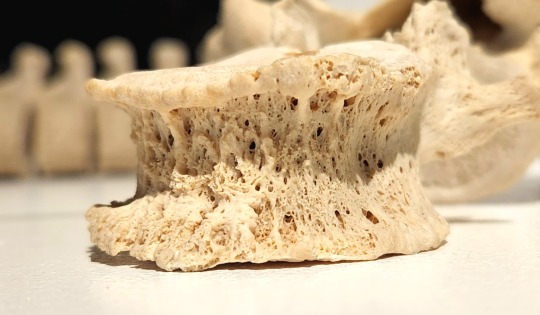
View inside a bone
Human Body Museum
Panama City Beach, Florida
#studyblr#osteology#osteology pictures#human body museum#museums#museum#bones#osteo#medblr#biology#bio#human biology#human bio
14 notes
·
View notes
Text

#my artwork#digital arwork#my art#procreate#digital art#procreate art#photo study#digital painting#painting#bat#osteology museum
5 notes
·
View notes
Text



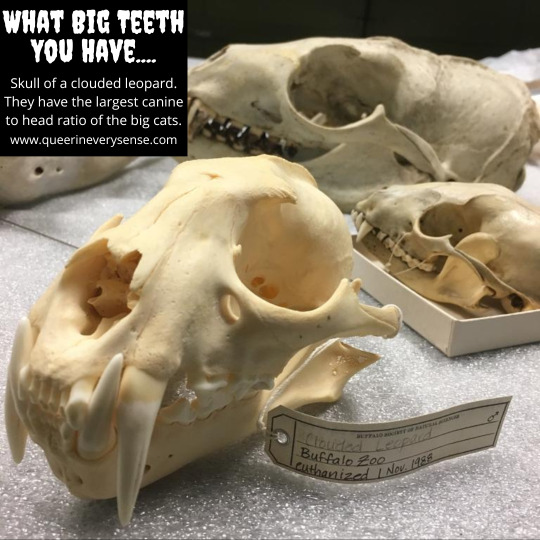


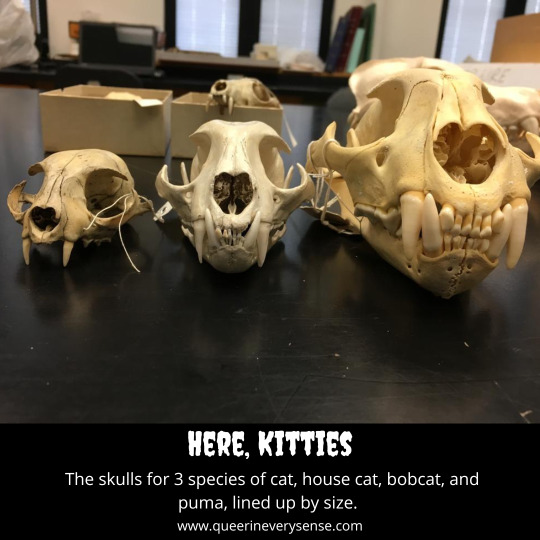

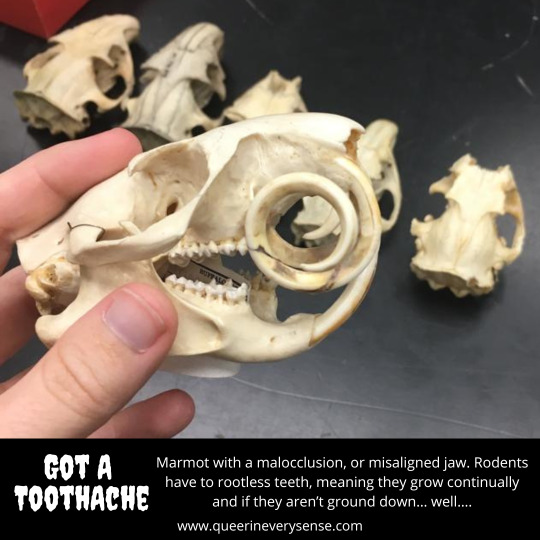
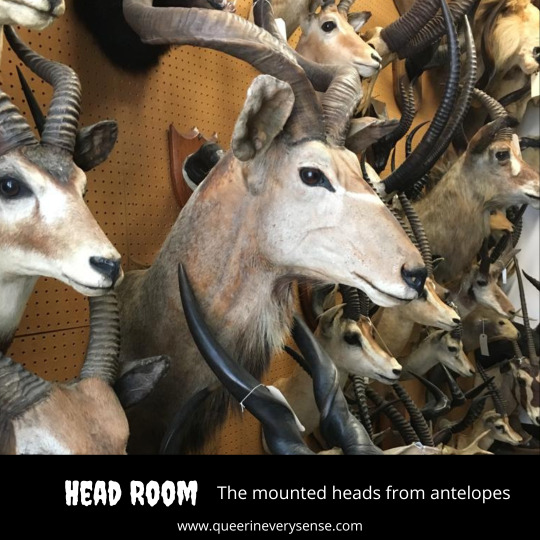
💀 New Life After Death 👻
🏛️ I’ve loved the natural world for as long as I can remember. And while it is sad to work with dead animals, each specimen gets to live on, becoming immortal through the museum.
🦉 The goal of preservation is to make something that can withstand the test of time. When we open the drawers full of birds, there are specimens from the 1920s that are the prettiest bird in the bunch. So these hundred-year-old specimens live on to show us a snapshot of their world. It’s a little like time traveling. From the data associated with it, we can know where an animal was living, what it was eating, how old it was, how it died and often much more. These creatures, once thought to be gone forever, are reborn in our understanding, offering glimpses into the past that inform our present.
🧬 These specimens get to live on and answer questions we humans don’t even know to ask yet. Natural history museums have been collecting objects and specimens since the 17th century. In the 1950’s, the people collecting small mammals in the Philippines had no idea that in 50 years their specimens could be used in DNA studies. This is a testament to the afterlife of these animals in the world of science. They continue to play a role, even in a new era. As our understanding and technology evolves, these preserved beings will be resurrected once again, offering fresh insights and knowledge to future generations.
👩🔬 Collection workers like me are stewards of these specimens, making sure they can tell their stories for as long as possible. In a way, we are the guardians of this cycle of life, death, and rebirth in the realm of natural history. These creatures find a form of immortality, transcending death by becoming timeless messengers of the natural world. Their stories continue to unfold, and their contributions to our understanding of life on Earth are bound to endure, even as we peer into the mysteries of existence, both in this world and, perhaps, the next.
-Abbey 🦕🐝🍄
#MuseumCollection#BehindTheScenes#Bones#BoneCollector#SkeletonCollection#AnimalSkeletons#NaturalHistory#Osteology#Taxidermy#Zoology#Career#Nature#Curiosity#Oddities#Gothic#Halloween#spooky#skeletons#skulls#museum#museums#learning#teaching#specimen prep#life#death#rebirth#natural history#queerineverysense
3 notes
·
View notes
Photo
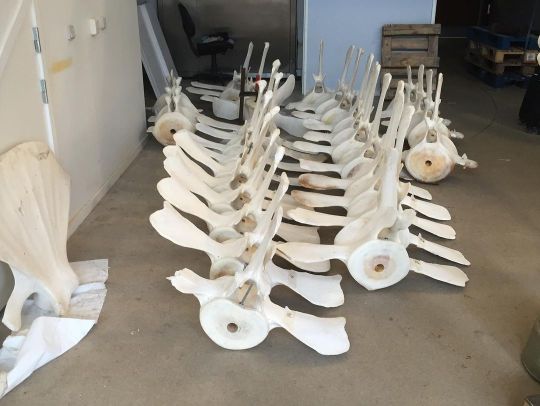
Building Whale skeleton in Copenhagen. #taxidermy #osteology #skeleton #whale #whalebone #copenhagen #museum @copenhagen (at Copenhagen) https://www.instagram.com/p/Cpd1uRGKbPc/?igshid=NGJjMDIxMWI=
13 notes
·
View notes
Text

did I mention how Mom hung the ornaments on the last-minute tree, because ngl I think it's brilliant lmao
#we get an ornament each per year so I got the logo ornament with the rhino and this giraffe one#museum of osteology#christmas tree#also by last minute I mean she went out at 9pm on the 24th and bought this skinny lil thing and it's actually quite nice#since she swapped out the LEDs for these much more warm and not-painful lights
5 notes
·
View notes
Photo

Diamondback rattlesnake skeleton by Vaukalaka https://flic.kr/p/a4qGrK
5 notes
·
View notes
Text

Cats in boxes
60 notes
·
View notes
Photo

The Natural History Museum tour is an outstanding day of science and fun activity for all family members. Housing a staggering 70 million items, there are five main collections: Botany, Entomology, Mineralogy, Palaeontology and Zoology. The Museum is renowned for its exhibition of dinosaur skeletons in a particularly large gallery of Dinosaurs, including a spectacular Diplodocus and Tyrannosaurus (T-Rex). Find the answers to such questions as who lived when and where, who were predators and prey and what happened to them. Start your tour with Blue Zone proceeding through the Dinosaur Gallery to the fish, amphibians and reptiles before heading to Human biology with images of nature and mammals. You will be able to take a photograph of blue whale model and then see specimens of marine invertebrates. Give a break in the cafe, then proceed to Green Zone where Creepy Crawlies, Fossil Marine Reptiles, Fossils from Britain and birds are. Then head to Red Zone through the Earth sculpture via an escalator for magnificent Volcanoes and Earthquakes, Restless Surface galleries. One floor up, visit Minerals, Treasures, The Vault and the oldest tree in the world, Grand Sequoia. Visit Darwin Centre, you can enjoy the excellent Wildlife Garden which is now being transformed into an urban garden. Natural History Museum is London’s day treat. Don’t miss that. You never know unless you visit it! 👉 Tourope.co.uk #naturalhistory #nature #taxidermy #paleontology #fossils #museum #oddities #fossil #science #vultureculture #naturalhistorymuseum #curiosities #cabinetofcuriosities #wunderkammer #skull #dinosaur #osteology #prehistoric #wildlife #geology #dinosaurs #skeleton #skulls #bones #taxidermyart #curiosity #skullcollection #naturalhistoryillustration #entomology (at Natural History Museum, London) https://www.instagram.com/p/ClSFG5PIOer/?igshid=NGJjMDIxMWI=
#naturalhistory#nature#taxidermy#paleontology#fossils#museum#oddities#fossil#science#vultureculture#naturalhistorymuseum#curiosities#cabinetofcuriosities#wunderkammer#skull#dinosaur#osteology#prehistoric#wildlife#geology#dinosaurs#skeleton#skulls#bones#taxidermyart#curiosity#skullcollection#naturalhistoryillustration#entomology
2 notes
·
View notes